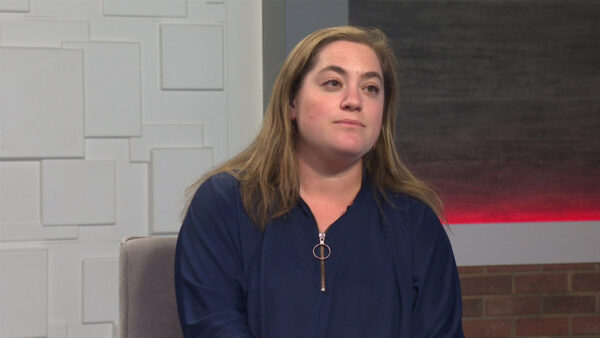A discussion about recent rain and drought conditions
March 6, 2023
Rain has been sprinkling throughout the valley in recent weeks, leaving January a lot colder than normal this year. In fact, Arizona ended the month with no measure of drought, with other counties seeing higher precipitation than normal.
Joining us now to discuss Arizona’s rainy update is Sarah Porter, Director of the Kyl Center for Water Policy.
The state has also seen significantly more snow at lower elevations than normal. Porter relays that this is a very unusual occurrence.
“We’ve been seeing that many of the creeks and washes and rivers that we’re used to seeing dry are now running. So that precipitation is translating into running in those creeks and washes and snow on mountains. But that doesn’t mean that all of that snow will make its way into reservoirs and be available for water supply,” said Porter. “The good news is that the the SRP system that served so much of the valley is going to be full, very likely be full. That’s what SRP is predicting this spring. In fact, it’s going to be so full that SRP is predicting that that they will have to, as they say, spill, release some of the water, especially in the Verde River.”
Porter relays that this is a very unusual occurance.
Porter explained that peak runoff typically occurs in March. 40% of Arizona’s water historically has come from the Colorado River.
“It’s snowpack in the upper Rockies that we depend on to turn into flows that go into Lake Powell and Lake Mead, the big reservoirs that hold the water for Arizona and our neighboring states. Those reservoirs have been in very bad shape. They’ve really they’ve been declining and declining persistently over the last 20 years or so. And one good year of snow is not going to solve that situation,” said Porter. “We would need to have five or six years of very far above average snowpack in order to get those systems to be stable. So while I expect the SRP system to look really good in the spring and for the coming year for the for the Colorado system, we’re still looking at a declared shortages and maybe even bigger cuts in supplies than we’ve experienced in the last two years.”























